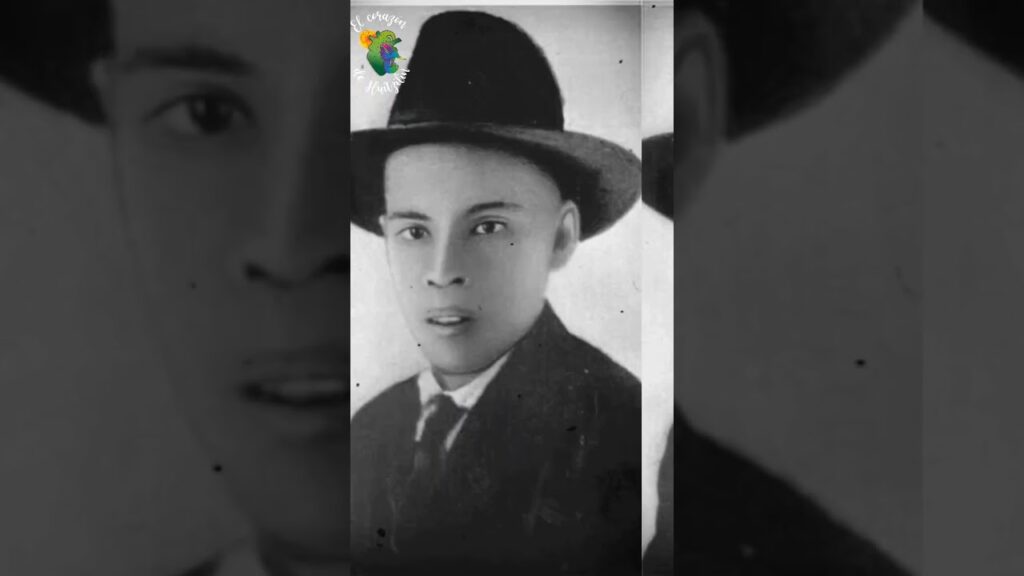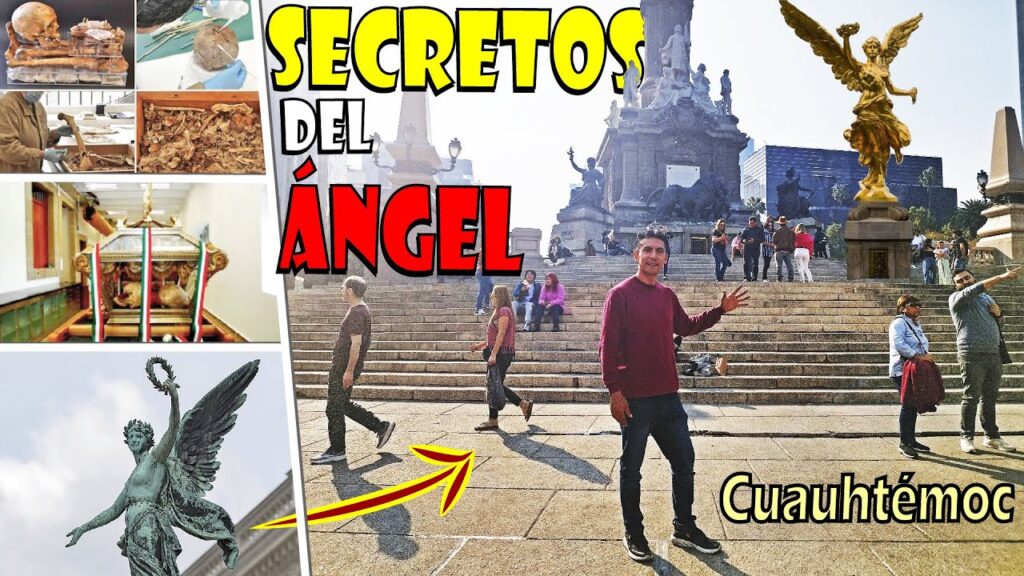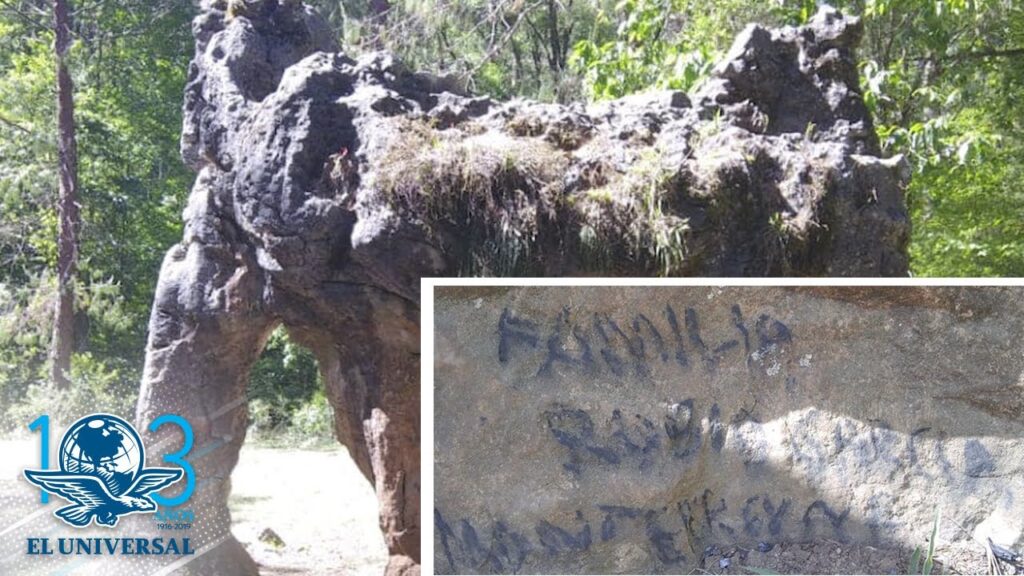Exploring the Legend of Niño Fidencio: Mexico’s Renowned Healer
The story of Niño Fidencio is etched deeply in the cultural landscape of Mexico, particularly within the state of Nuevo León. Born José Fidencio de Jesús Sintora Constantino in 1898, this humble healer, also affectionately known as El Niño Fidencio, began his journey into folk sainthood at the tender age of 19. It was in the small town of Espinazo where he first garnered nationwide attention, treating the ill with a blend of herbal remedies, faith healing, and traditional practices. His reputation quickly spread, and before long, people from all over the country were undertaking pilgrimages to Espinazo, drawn by tales of miraculous cures and his compassionate approach to healing the sick.
El Niño Fidencio’s methods were as eclectic as they were unorthodox. He often rejected formal medical practices and instead relied on his intuition and natural remedies. One of his most famed techniques was the “limpia,” a spiritual cleansing that involved physical touch and the use of local plants believed to possess healing properties. Fidencio’s empathy and dedication to his patients were legendary, and he never turned anyone away, regardless of their ability to pay. His philanthropic work extended beyond healing; he also believed in caring for the soul and was known for his simple yet profound sermons that he would deliver to his followers.
Although Niño Fidencio passed away in 1938, his legacy endures, not only in the endless stories of those he healed but also through the annual celebrations in his honor. Every year, thousands congregate at his shrine in Espinazo to seek spiritual solace and to pay homage to the healer who once walked among them. These gatherings turn into vibrant festivals, filled with music, prayer, and the collective hope of those seeking their own miracles. Niño Fidencio’s impact on Mexican cultural heritage is undeniable, and his legend symbolizes the enduring search for spiritual connection and holistic healing within the Mexican community.
Niño Fidencio’s Miraculous Healing of a Mexican President’s Leprosy
In the captivating lore of Mexican history, few tales are as intriguing as the story of Niño Fidencio and his reputed miraculous healing powers. Born in 1898 in the small town of Yuriria, Guanajuato, José Fidencio Sintora Constantino, widely known as Niño Fidencio, would rise to become a legendary figure, revered by many as a healer with extraordinary abilities. It was during the tumultuous times of the 1920s and 1930s, when Mexico was marred by political unrest and a quest for modernity, that Niño Fidencio’s fame reached its pinnacle, attracting individuals from all social classes, including the country’s political elite.
One of the most fascinating episodes in Fidencio’s saga involves the remarkable account of healing the leprosy of a Mexican president. Though official records do not pinpoint which president sought the curandero’s help, popular belief suggests it was during Plutarco Elías Calles’ presidency (1924-1928) that this extraordinary event occurred. According to testimonies, the president, desperate for a cure for his affliction, turned to Niño Fidencio after conventional medicine failed him. Shrouded in mystery and the silence of those directly involved, the details are sparse, yet testimonies claim the president was among the multitude of patients who experienced the miraculous interventions of the humble healer.
Fidencio’s methods were unconventional and, at times, controversial, but it was his purported ability to cure leprosy—a condition that had plagued humanity for centuries and carried a severe social stigma—that solidified his reputation as a true worker of wonders. Employing a mix of Catholic faith, indigenous herbal knowledge, and a perceived divine gift, Niño Fidencio would treat the ill with rituals that appeared to defy medical explanation. While skeptics dismissed his methods as superstition, those who claimed to have been cured became fervent believers, spreading his legend across the nation and beyond. The case of the Mexican president, if true, added an aura of legitimacy to Fidencio’s already mystical persona, making his story a permanent fixture in the tapestry of Mexico’s rich cultural heritage.
The Spiritual Journey to Espinazo: Following in the Footsteps of Niño Fidencio
For countless seekers, a trip to the small town of Espinazo in Nuevo León becomes more than a geographical jaunt; it is a pilgrimage into the heart of Mexico’s mystical past. Espinazo is known to many as the spiritual home of the revered healer Niño Fidencio, a figure synonymous with miracles and faith healing that left an indelible mark on the cultural and spiritual landscape of Mexico.
The journey to Espinazo is one brimming with anticipation and reflection. Pilgrims from across the globe flock here, especially during the celebrations held twice a year, to honor the life and works of this legendary curandero. The town, while modest in size, springs to life with a burst of energy and reverence that is palpable in the air.
The story of Niño Fidencio is one steeped in the extraordinary. Born José Fidencio Sintora Constantino in 1898, he earned the nickname ‘Niño’ because he maintained a childlike appearance throughout his life. Despite not having formal medical training, he became famous for performing surgery without anesthesia and prescribing herbal remedies that seemingly worked wonders for the ill and the spiritually troubled.
Visitors often partake in ritual cleanses or ‘limpias’ conducted at the sites where Fidenco once lived and worked. With a deep sense of connection to the land and its healing traditions, these rituals offer a transformative experience. Every stone, plant, and dust particle in Espinazo tells a story of faith and the timeless search for healing.
Yet, the spiritual journey to Espinazo is not just about looking back into the past; it’s a continuous quest for personal growth and understanding. Many who arrive cynical or downtrodden leave with a sense of peace, claiming experiences that touch something deep within their souls. The legacy of Niño Fidencio lives on through these pilgrims, from one traveler’s spirit to another, in the never-ending cycles of healing and belief.
Understanding the Impact of Niño Fidencio on Mexican Folk Healing Practices
The figure of Niño Fidencio is enshrined in the annals of Mexican culture as a symbol of folk healing and the power of faith. Born José Fidencio Constantino Síntora on October 17, 1898, in Guanajuato, he became one of the most charismatic and controversial folk healers in Mexican history. Fidencio’s reputed healing abilities emerged in the early 20th century and quickly made him an iconic curandero—a traditional folk healer or shaman in Latin American cultures.
Niño Fidencio’s practices were deeply rooted in natural and spiritual remedies, reflecting the intersection of indigenous beliefs and Catholicism in Mexican spirituality. He was known for using herbs, mud, and simple rituals to treat the sick, often eschewing the more conventional medical treatments of the time. His methods, though sometimes regarded with skepticism by the medical community, captured the hearts of the common people, who saw in him a beacon of hope and succor.
One of the most notable aspects of Niño Fidencio’s impact is the formation of a spiritual movement known as Fidencismo. Followers of Fidencismo regard Niño Fidencio as a folk saint, though he has never been canonized by the Catholic Church. The movement carries forward his legacy, with modern-day Fidencistas continuing to practice healing rituals in his tradition. These practices contribute to the rich tapestry of Mexican folk medicine and highlight the cultural importance of curanderismo within local communities.
Documentaries and scholarly works have explored the complex role of Niño Fidencio in Mexican society, often pointing to the way his influence persists, particularly in the northeastern region of Mexico. Pilgrimages to Espinazo, the small town in Nuevo León where Fidencio lived and practiced, are a testament to his lasting legacy. Every year, thousands gather there to honor his memory and seek healing, reflecting the deep-seated connection many Mexicans have with folk healing practices.
Despite the passage of time, the figure of Niño Fidencio remains significant in understanding the cultural and religious fabric of Mexico. His life and work provide insight into the ways in which faith, tradition, and healing intertwine within Mexican culture. Through Niño Fidencio’s story, we are reminded of the enduring human search for relief from suffering and the complex blend of influences that shape the healing traditions of a region.



